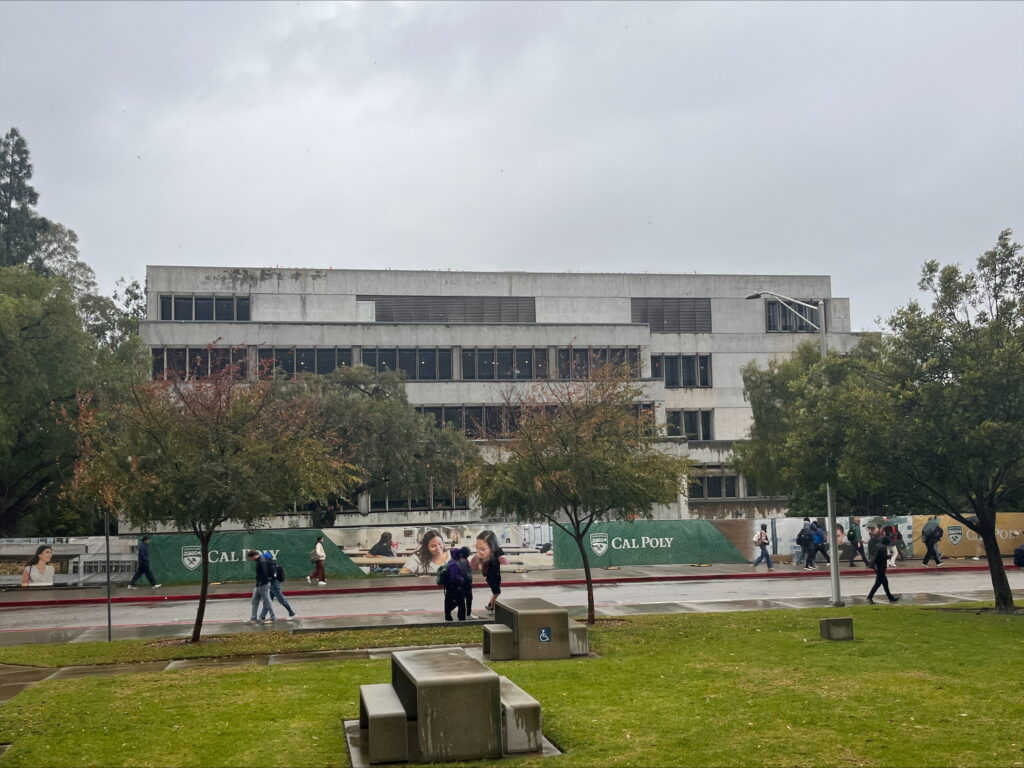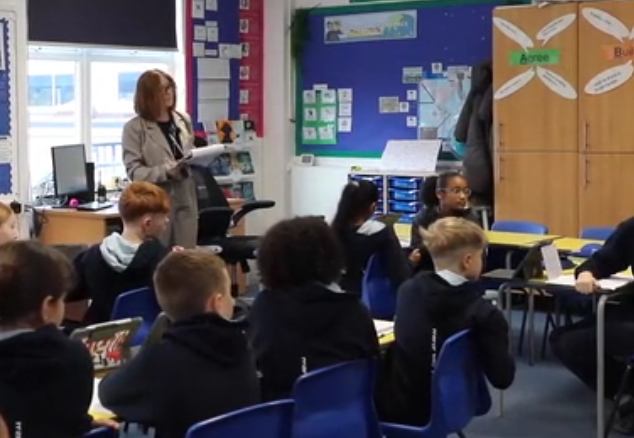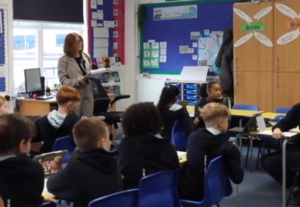
The Cal Poly library is closed for a two-year $78 million renovation project.
Credit: John Washington / EdSource
When I arrived at campus at Cal Poly, San Luis Obispo, ahead of the 2023-24 school year, I decided to walk around and get the lay of the land. As a transfer student from a community college, I was wildly impressed with the facilities and started feeling energized for the heavy workload ahead of me that quarter.
That was, until I walked by the library. It was completely fenced off, so I checked online, hoping to find out it was off limits during some summer construction. I shortly figured out it was not.
That summer, Cal Poly had closed its library for two years to upgrade the building with an estimated $78 million in renovations. Those two years coincided with the two years I would spend at the school; it is scheduled to reopen in the fall, a few months after I graduate.
Call me a nerd, but by not having access to a library building, I feel like I missed out on an important part of my education and overall college experience. And I don’t think I am alone in this sentiment — a 2022 survey by Library Journal found that 78% of college students believe their library contributes to their overall academic success.
This is not meant to bash Cal Poly’s library staff, which has excelled at adjusting to the changes amid a difficult situation. Even though 240,000 of the books sit in storage in Sacramento, I always receive the books I request through the online system within a week — whether they come from Northern California or from Florida as an interlibrary loan.
For many students, the issue has been primarily a lack of adequate study spaces on campus. With five stories of study space no longer available, the University Union and other alternative spots became overcrowded. The university responded by putting up tents around campus with tables and chairs inside. As you might expect, this did not exactly solve the problem.
The tents could not replicate the library atmosphere, and I preferred to have the choice of studying indoors or outdoors, not some weird in-between that failed to capture the best aspects of either environment. Only one of these tents remains on campus; the rest were closed last school year due to lack of use.
Students at other schools may not think of their library as important or essential. But imagine if it wasn’t there. Many students would not know where to go during the gaps in their classes. Or where to get their books. They wouldn’t seek out resources like research help that would normally be easily and obviously available to them in the physical building.
Jealousy may be a factor here as well. Every class before mine got to enjoy the building before its renovations and every class after mine will be able to enjoy the benefits of the building with the improvements.
At Cal Poly, there are numerous construction projects I get to watch from afar but will never reap the rewards of. But this one means the most to me and much of the student body.
In a way, it’s a $78 million cookie I am teased with but not allowed to eat. It’ll be fenced off and unavailable until I leave.
As an avid reader, the library is a sacred place to me. With so many institutions moving online and there being less public community space in general, an accessible library at a large public university is a necessity.
Thus, I strongly encourage not only the Cal Poly underclassmen, but all students to take advantage of the space and resources available through your library for the rest of your time at your school. And while we’re here, don’t forget your local public library in the years to come.
•••
John Washington is a senior journalism student at Cal Poly, San Luis Obispo, and a member of EdSource’s California Student Journalism Corps.
The opinions expressed in this commentary represent those of the author. EdSource welcomes commentaries representing diverse points of view. If you would like to submit a commentary, please review our guidelines and contact us.



